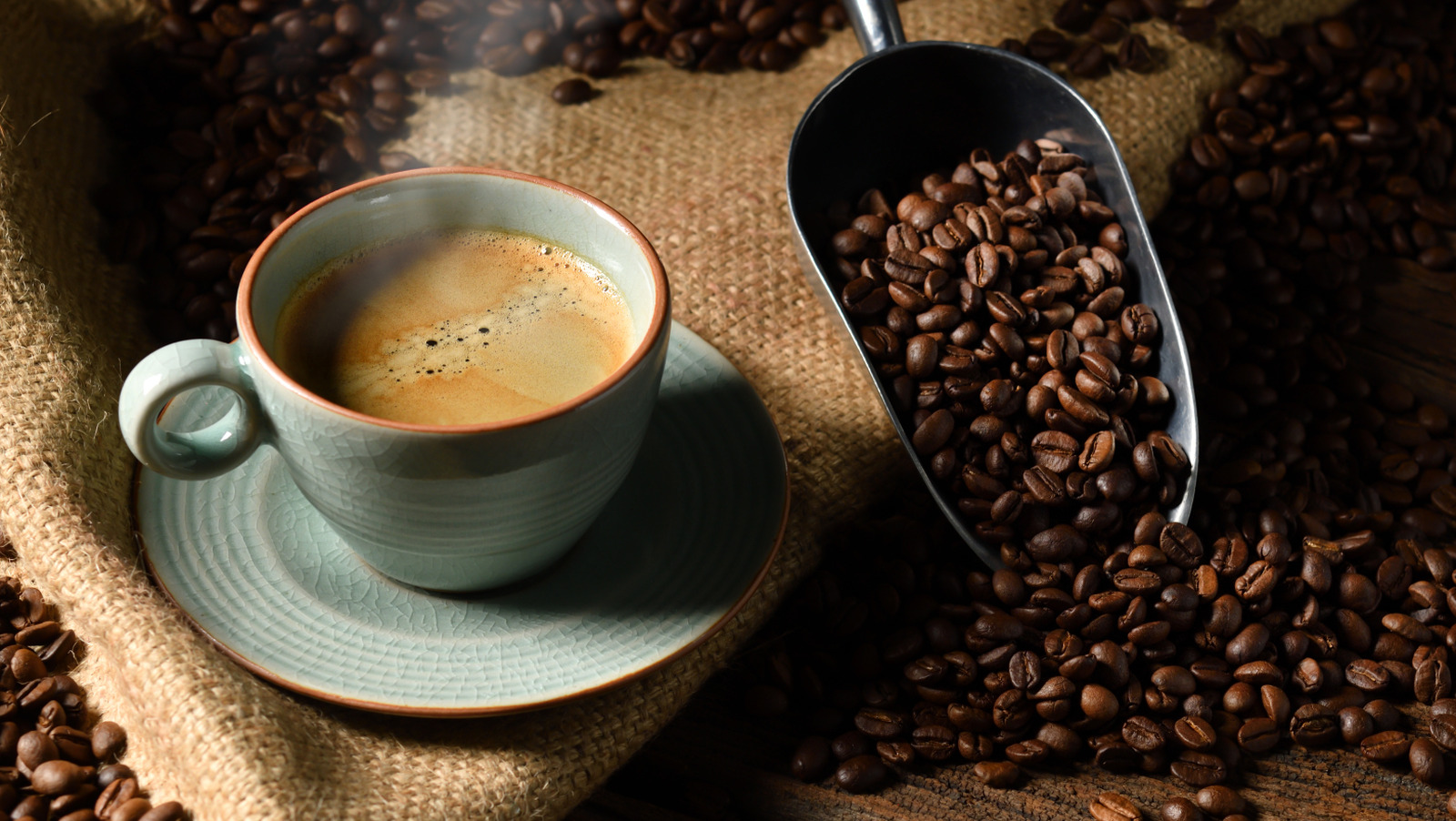There are a number of factors that go into a quality cup of espresso, and one that’s sometimes overlooked is the freshness of your beans. One of the easiest ways to assess how fresh your espresso beans are is to check the roast date on the bag when buying your coffee beans. However, what do you do if you already have a bag of beans but can’t locate the roast date? According to coffee and tea sommelier Jee Choe, author of the Oh, How Civilized blog, there’s an easy test you perform — and all you need is a coffee grinder and some hot water.
First grind a few coffee beans, then add a little bit of hot water to the grinds, to check the bloom. “The more the ground coffee grounds bubble and foam, the fresher it is since fresher coffee contains more carbon dioxide,” Cho explains. She adds, “If the coffee grounds don’t bloom at all, it’s far from fresh.” At this point you may want to think twice about brewing a cup from old, stale beans, as you won’t be able to get a flavorful and quality cup of espresso. Less-than-fresh beans will also stop you achieving a proper crema, that luscious, frothy foam on top, which is a mix of fats, oils, and carbon dioxide micro bubbles.
Finding the sweet spot for when to brew coffee beans
While you don’t want to use espresso beans that are too old, surprisingly, you also don’t want to use beans that are too fresh to brew your cup. Freshly roasted coffee beans should rest before being ground, ideally for around a week to release enough carbon dioxide to let the beans achieve their ideal flavor profile. In fact, one to three weeks after roasting is generally the best time frame to brew coffee.
Assuming your espresso beans are in that sweet spot of between one and four weeks post roast, you’ll also want to use best practices to preserve their freshness and quality to maximize quality and flavor. That means storing your beans in an airtight container at room temperature, away from light, and preferably out of the fridge or freezer too. Grind coffee beans just before making your cup of espresso, and be sure to use the right temperature — between 197 and 205 degrees Fahrenheit is ideal. And going forward, avoid buying any bags of espresso beans that don’t have a roast date listed.





